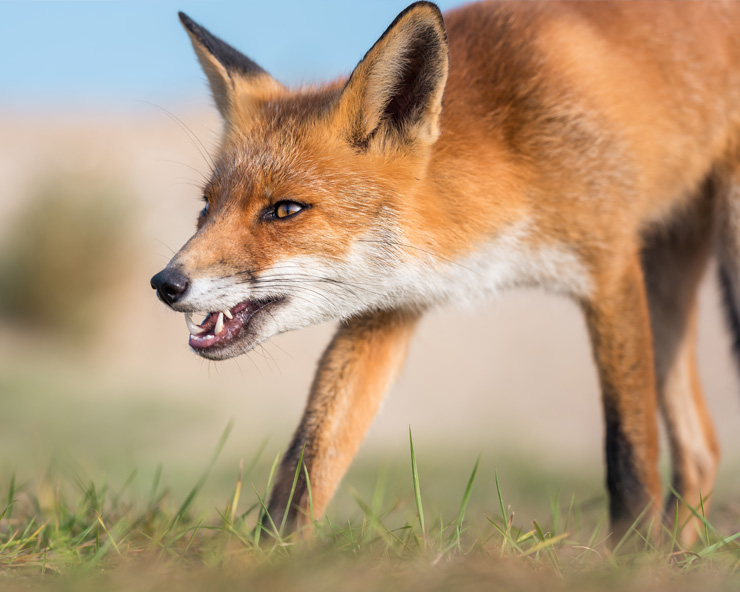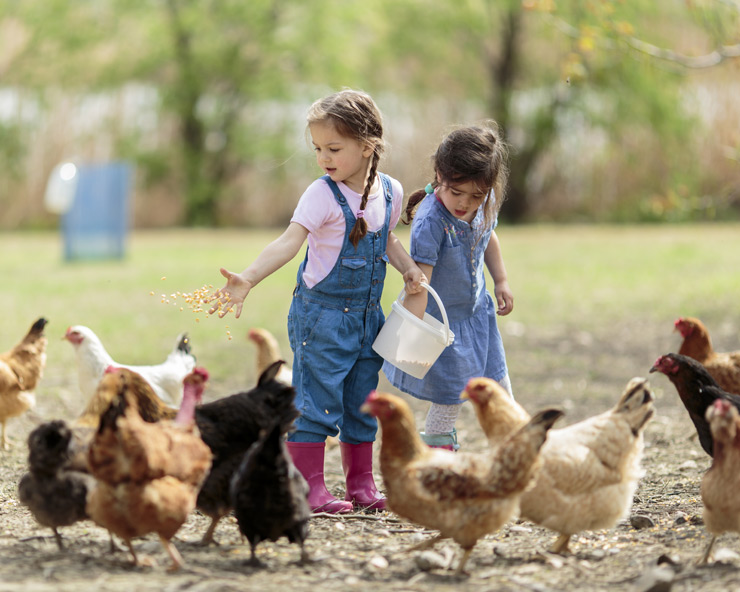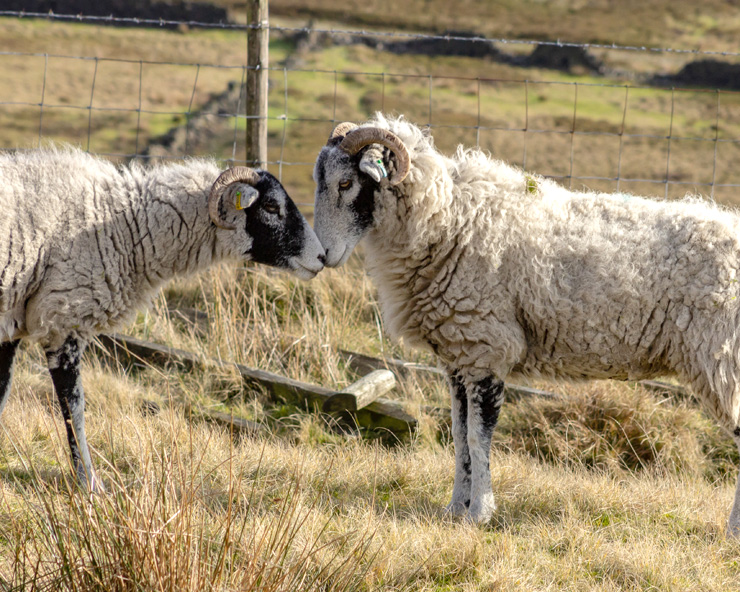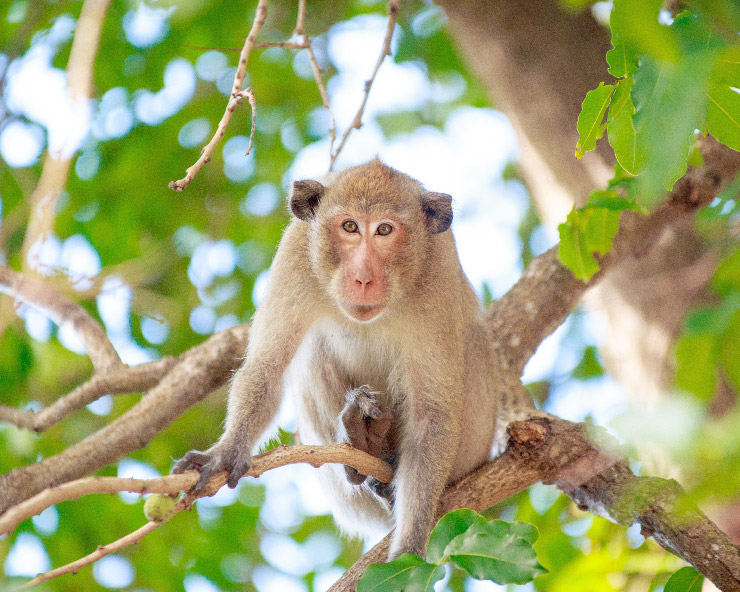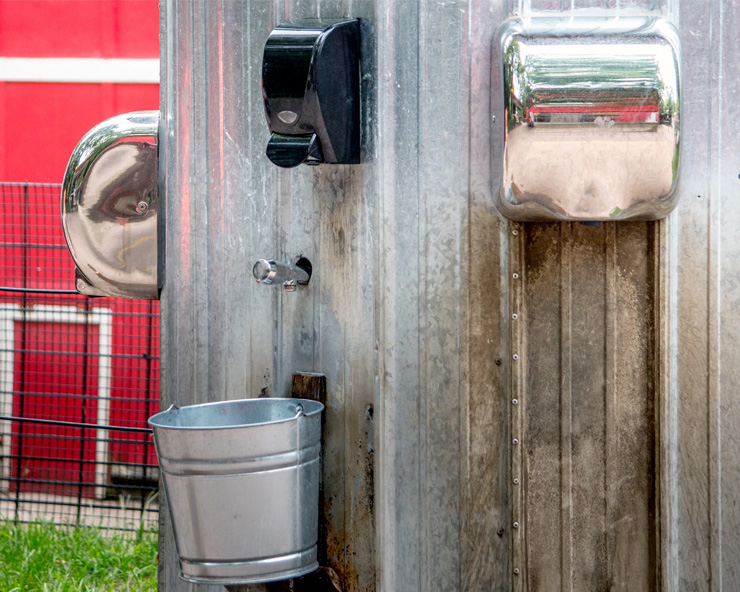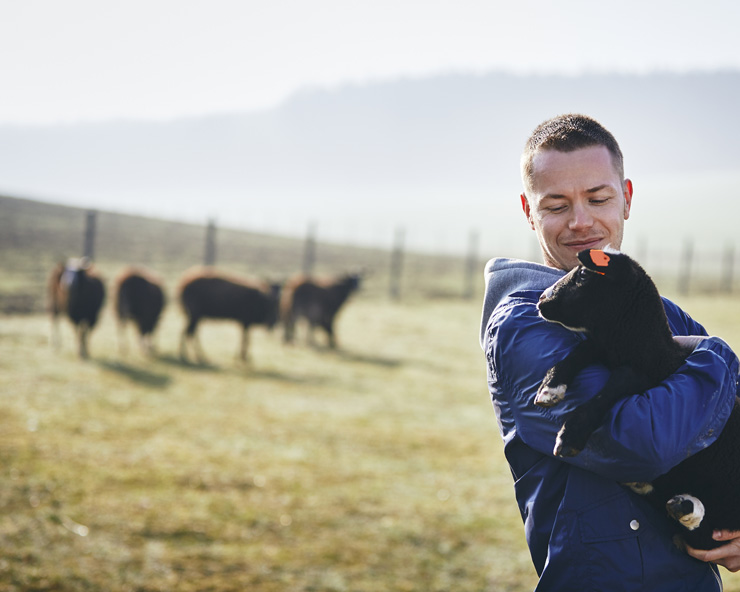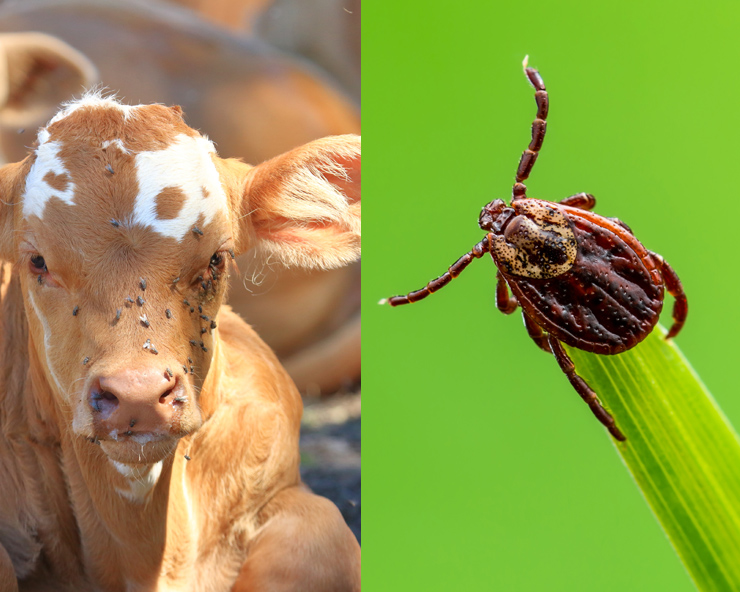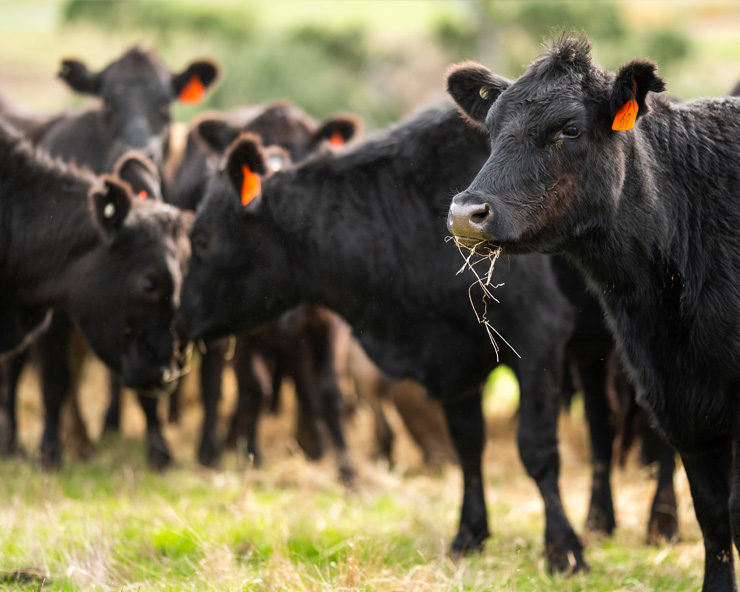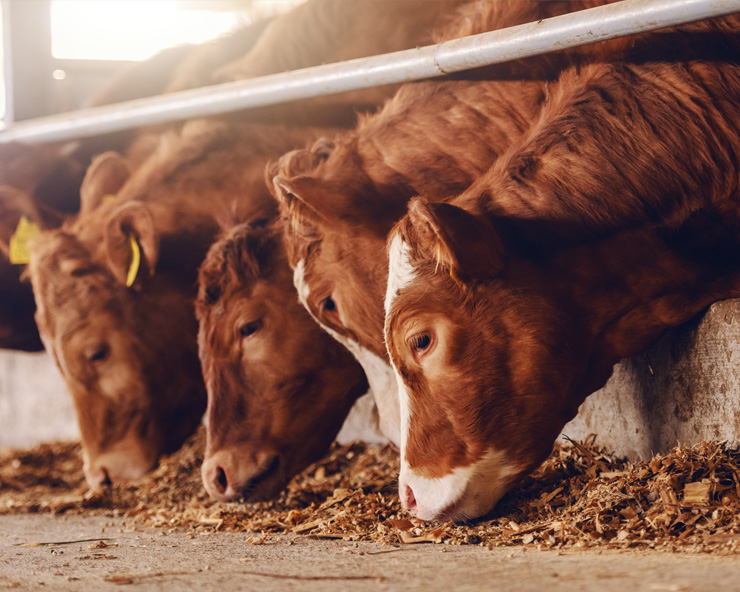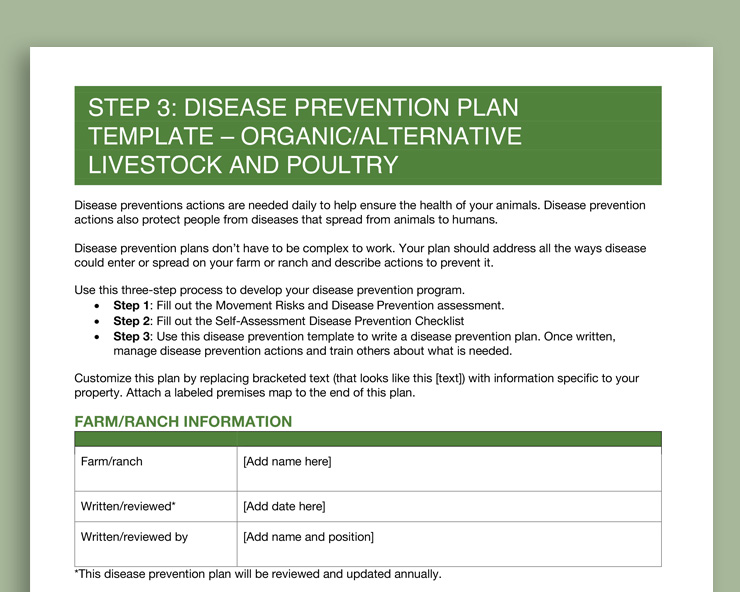Rabies
Most everyone has heard of rabies, especially as a danger to your pets. But rabies can affect your herd, your pets, and you. It is important to understand and take precautions to protect those important to you. What is rabies? Rabies is a preventable but dangerous disease. Rabies is deadly and affects all mammals, humans … Read more

